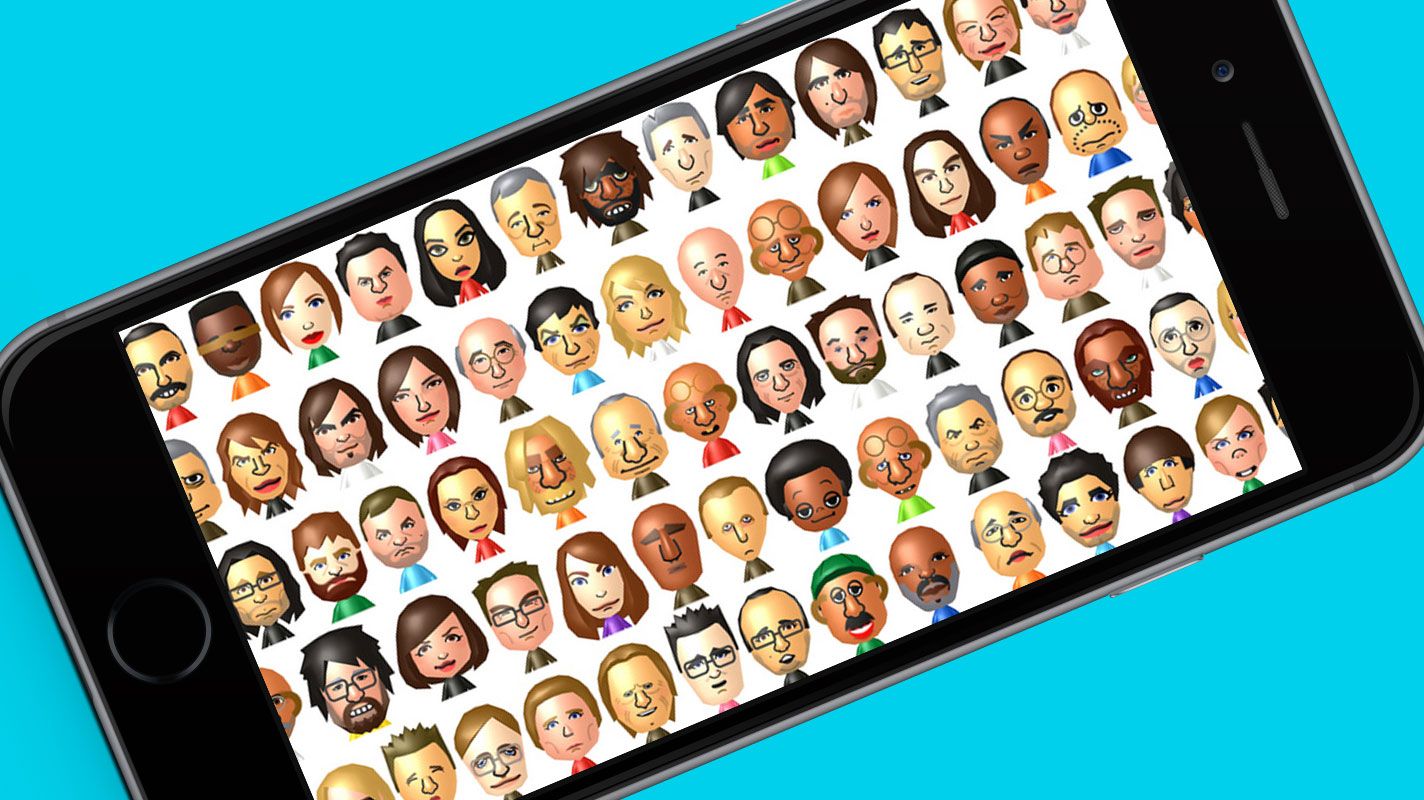In a new conversation interview between producer of Miitomo, Yoshio Sakamoto, and Shigesato Itoi we learn about the origins of Nintendo's first social media mobile app.
Sakamoto describes the rather interesting process behind the title's creation in the excerpts below:
To describe this in order, at the time I was creating a game called "Tottoko Hamutaro: Tomodachi Daisakusen Dechu" (Hamtaro: The Great Friendship Plan). In that game you could talk to Hamtaro, and by registering you and your friends' birthdays, you could figure out your match with other people and Hamutaro would tell you when it was someone's birthday. It was a game that provided opportunities for communication through fortune telling.
A little while after it was released, some women in the company expressed to me their opinion that this game for young girls could have wider appeal if it touched upon a wider range of life experiences that everyone could relate to. I also thought the same thing, and the thought stayed with me. After that I was in a team made up of all new people and we were relatively free to do what we wanted. So at that time I thought let's try making a game like that, so we started working on a game called "Otona no Onna no Uranai Techo" (Women's Fortune Telling Pocket Notebook).
It didn't go as planned. So the staff, who were stuck, started creating an Avatar (Mii) editor.
We thought it would be meaningless if the friend's list used for fortune telling just listed names, so we thought of adding avatars (Mii). And that Avatar (Mii) editor turned out really well. At first you could not change the size or angle of the parts, but then when we made it so that you could freely adjust those things, we were able to make the avatars (Mii) that really looked like the original. When I created my own face with the editor, in one go (points to himself) this was the face I got.
Yeah, we could make avatars that looked really similar, and we kept making a variety of faces. And then we thought "what should we do with this?"
Yes, so I wasn't sure what to do, so I showed it to Mr. Iwata. "Mr. Iwata, isn't this interesting" is what I said.
If I think about it now, I was acting like an excited little kid.
Yes. So, we left that project to Mr. Iwata. And I had forgotten about it. Then, one day, all of a sudden I was called up. I went in nervous thinking that I had maybe done something wrong. But then I was told that they wanted to use the Mii (Avatar) editor in the Wii. Then the main members of the team joined the Wii Team in order to create the Mii Channel.
Later on in the interview, Itoi discusses late president and CEO Satoru Iwata's unique development culture, which helped to promote regular releases of smaller titles:
That feeling that people are going around and quickly making these things, and they're not actually hiding them, but there is a feeling of "no one knows what that person is up to", I think that is an interesting point that is unique to Nintendo.
I think that culture was exhibited really well in games like "Brain Age" and "Jam with the Band" for the DS was out. These, games, and this might not be the best way to put it, but all these things that these various people were making really came together.
That's interesting as a unique point of the company. Shigeru Miyamoto is like a super man when it comes to making games. So, I think that common industry wisdom would have it that all of the development departments would show every little thing to Mr. Miyamoto. But if that was the case then gradually all of Mr. Miyamoto's time would be taken up. Also, maybe all of the games would end up being serious, full-length games. So maybe that is why Mr. Iwata made this team that was making stuff without Mr. Miyamoto's knowledge.
So, the result was that two centers of thought developed at Nintendo.
The one under Mr. Miyamoto, and one outside of Mr. Miyamoto's circle. Mr. Iwata liked Mr. Miyamoto more than anyone and deeply respected him, but he thought that if everything was left to Mr. Miyamoto then Nintendo would go down only one path, so he ventured to make a team that was not under the supervision of Mr. Miyamoto. And Mr. Iwata managed the team himself, and he had us make games that could be developed in half a year. And that had a direct impact on Nintendo’s ability to regularly release games.
So the thought to hide things from Mr. Miyamoto was Mr. Iwata's idea.
He further elaborated that this was not done to oppose Miyamoto -- Miyamoto himself stated that it's better to have smaller games and not just Mario and Zelda. It's fascinating to see how development is carried out in such a large company as Nintendo.
More of the interview will be coming soon.

